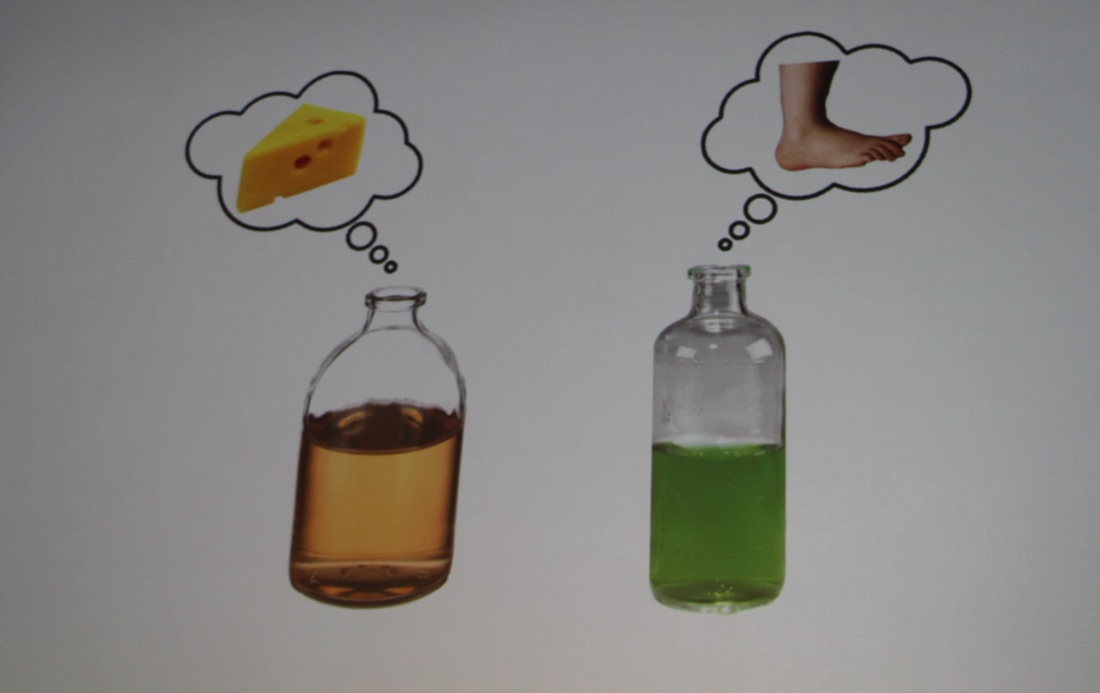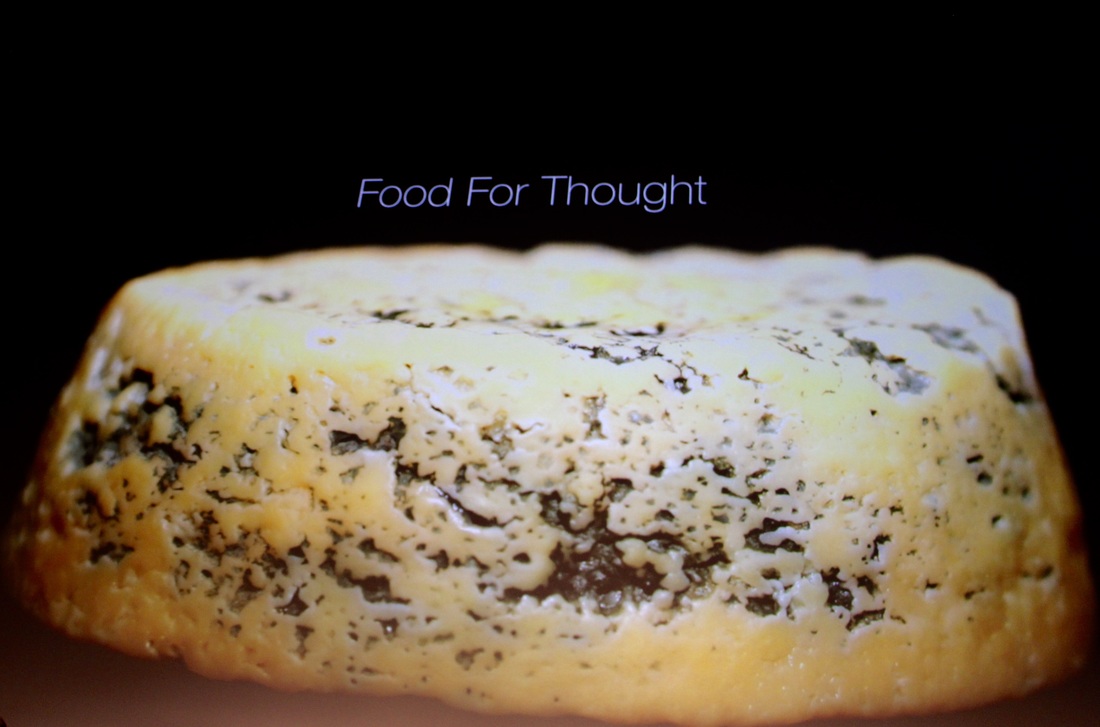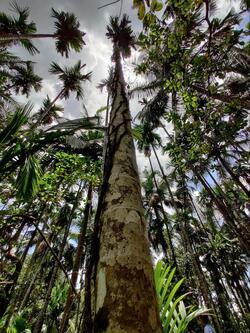|
This post is part of our ongoing project of SMASH Reflections, authored by our inaugural class of Fellows. By Mashaal Sohail Nothing stinks but thinking makes it so. Imagine you are given a bottle with some clear orange water and told that it smells like cheese. You enjoy the smell and dwell on memories past of fine creations you have devoured in your time. You are then given another bottle, this one with green liquid and told that it smells like gym socks. Your gag reflex comes on and you retreat after a single sniff. Now, imagine I tell you that actually there is only a single chemical, isovaleric acid, a part of body odor, and that I synthesized it and added it to two different bottles of food coloring, and told you that one was feet and the other was cheese. You would probably feel deceived, but also a little confused. This experiment in “olfactory illusions” inspired scent researcher Sissel Tolaas and synthetic biologist Christina Agapakis to dig deeper into the olfactory connections between feet and cheese. How could you have a completely different experience of the smell even though the chemistry is identical? And why is the chemistry of feet so similar to that of cheese? As Agapakis and Tolaas continued to investigate, they found more and more information pointing to the microbiological similarity of the two ecosystems. Cheese smells like feet, and vice versa, because very similar bacteria are present on both. Could cheese then be made with toe bacteria? Given the differences in our response to isovaleric acid in sterile bottles, how would someone react to the smell of foot cheese? To explore, Agapakis and Tolaas sampled bacteria between the toes of themselves and of friends and colleagues (who else could they possibly ask?), cultured the microbes they found in milk, and successfully created cheese. Truly, food for thought. Looking more closely at the chemistry and biology of cheese, we can basically think of our feet as 20x concentrated cheese. While a strangely hilarious thought, it’s true that we are what we eat! For Agapakis and many others, learning truths such as these make us reflect on questions such as where is an appropriate place for bacteria to be, how do we think about cleanliness, and how to define our relationship with our microbial _________. I leave a blank there because the relationship status is, as yet, undefined. Most of us can relate to a childhood where we got yelled at by our moms for bringing germs into the home. We knew germs caused diseases and made us sick. We learned to use antibacterial soaps and products to wipe clean those germs from our clean bodies and homes. In the last few decades, we have learned from labs such as Christina’s that, on the contrary, we spend every moment of our lives with the bacteria that live within and on us, on our feet, in our guts, on our skins, in our throats. We could never become “clean” of our bacteria because then we would also be cleaned of our selves. Somehow, in our course of becoming who we are, becoming us came to mean sharing a partnership with bacteria throughout our lives, a partnership in which they share and sometimes dominate our physical beings. We just weren’t aware of it. Current research holds the number at 39 trillion bacterial cells vs. a mere 30 trillion regular old human cells in an average person. Not only this, but Agapakis’ research makes us wonder if we also share part of who we are with cheese, and what else? So that’s why we have an undefined relationship with our microbes. We have gone from one that was purely antagonistic to one where we are realizing that we have actually been working with each other and for each other for a very long time. Such realizations can enter the facts of science must faster than they can be absorbed through the collective psyche of human cultures. Now that we know, what will we make of this new knowledge? That remains to be seen. For Agapakis, it means using microbes to generate odors and sensations for us. She moved on from this research project to one of a more industrial nature. As the creative director at Ginkgo Bioworks in Boston, she looks at biology as a design problem. How did the rose get its smell? She starts with natural elements such as a rose plant, looks at its DNA sequence, and then uses genetic engineering to make microbes produce the same smell. Am I off my beaker talking about yeast smelling like a rose? No! By engineering the gene sequence from the rose plant into the yeast cell, the yeast starts encoding the molecule that makes the rose smell like a rose. Agapakis and her team can then extract the fragrance molecule from the yeast. “It’s not that easy,” she laughs, “in fact, it’s really, really hard.” She thinks of her work as building a wind tunnel for microbes. The origins of flight were really based in the origins of the wind tunnel. You had to test many different versions and see if their design is going to work. By seeking inspiration in nature, in how biology solved this chemical problem, she puts microbes to work, something we have already been doing for a very long time, just unconsciously.
About the author: Mashaal is a PhD student in Harvard University's Systems Biology program. Her doctoral research uses genetic data to study the action of natural selection on modern humans. She is interested in evolution, history and philosophy of science, and the links between biology, environment, and behavior.
0 Comments
Leave a Reply. |
AuthorAs the curators of the Science Media Awards Summit in the Hub (SMASH), we believe storytelling is a common thread in our shared human experience, and that new media allows us to convey the wonders of scientific discovery in new and compelling ways. Archives
October 2018
Categories |




 RSS Feed
RSS Feed